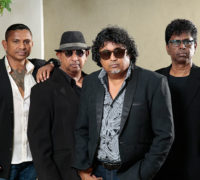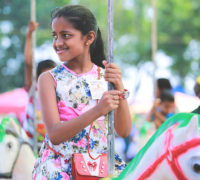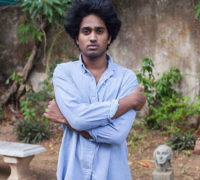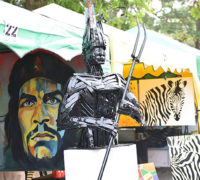At present, it seems as if there’s a burgeoning market for foodies in Colombo; besides the myriad of restaurants, eateries, bars, cafes, and hotels that seem to be stuffed into the heart of Colombo, there seems to be an insatiable desire for more opulent and decadent treats. Our waist sizes have increased tremendously, and so has the incidence of type 2 diabetes, heart disease, and cancer.
So much for the YOLO lifestyle fed to the masses by Hollywood and popular media that has instigated much havoc. While one side of the problem is processed foods, a stressful lifestyle, and a lack of discipline, the other side of the equation is the comfort of a sedentary lifestyle exacerbated by living in front of a computer.
But there’s a ray of hope, though. While Colombo may be indulging in its desire for food, there’s a fitness revolution afoot as well. Many a gym is cropping up and people are actively seeking an enviable set of six pack abs and lean physiques. Look anywhere and you’re sure to find plenty of Zumba classes, Crossfit boxes, MMA training centers, and even personal trainers offering tailored programs. The newest kid on the block is Fitness Connection, which is located on the third floor of the Racecourse building.

Newly opened, and well-appointed with a spread of the latest fitness equipment, this is certainly a hub of wellness boasting enviable levels of spaciousness highlighted by wooden accents and high airy ceilings. The gym is separated into a cardio section on one side of the floor, and a weights section on the other. Frankly, I’ve never come across gym that is both spacious and feature-rich.
Dinendra John who is the CEO of Fitness Connection is positively enthusiastic about its prospectives, and indeed he should be. With a steam room, sauna, massage room, spinning room, and even a rock climbing wall, there seems to be a fitness and wellness solution for everyone. All equipment are branded Cybex fitness solutions, which promise absolute quality and finesse.

Moreover, there are well-qualified personal trainers at hand who will craft effective nutritional and fitness regimes that are tailored to your specific requirements and goals. But let’s talk price: most new gyms are hardly accessible with their exorbitant gym membership fees, and I expected no different from a gym this big, but I was caught off guard to note that for an off peak membership, Fitness Connection offered it just at LKR 8,000 more than another quality gym nearby.
It needs to be said that another redeeming feature of this place is that the personal trainers are affable and helpful; the personal touch and interpersonal skill level at other similarly-priced gyms are sorely lacking. This is something that irks me greatly.
Let’s not forget the fact that deadlifting and squatting with a barbell can be a very dangerous affair especially if you are a newbie, and it is of paramount importance that you have the best trainers around to advice and assist you instead of chatting on Whatsapp or Instagramming their biceps in some other corner while you’re about to attempt a move that can compromise your vertebrae.

For the price you pay, you certainly are gifted a great deal of goodness. And I assure you that’s saying something coming from a guy who has worked out at around 80% of the gyms in Colombo. With diabetes affecting, according to some reports, 25% of the population, the argument for health and well-being is indubitably a strong one.
If there’s one investment that will offer you great dividends is one where you put your money into your health. I’ve always said that clichés are somewhat true, and the one that posits — health is wealth — is one that cannot be argued against. With a proposition that is value for money at hand here, you’d be hard-pressed to find other gym that offers great benefits such as Fitness Connection.
May I suggest that you take some time off from your busy schedule, skip the cheesecake and buffet, and head over towards Fitness Connection, and get more information? It’s bound to be one of the best decisions that you could make this year.
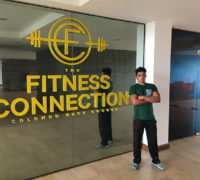
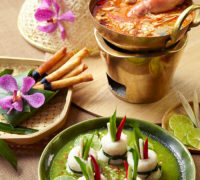


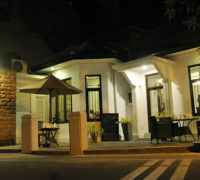





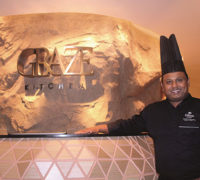

 For those who are not the buffet types the à la carte menu is also available but consists mostly of set menus which to us didn’t sound so appealing. Our recommendation is to stick to the buffet coz after all who would want to go for a single meal when you have the option of 5!
For those who are not the buffet types the à la carte menu is also available but consists mostly of set menus which to us didn’t sound so appealing. Our recommendation is to stick to the buffet coz after all who would want to go for a single meal when you have the option of 5!
